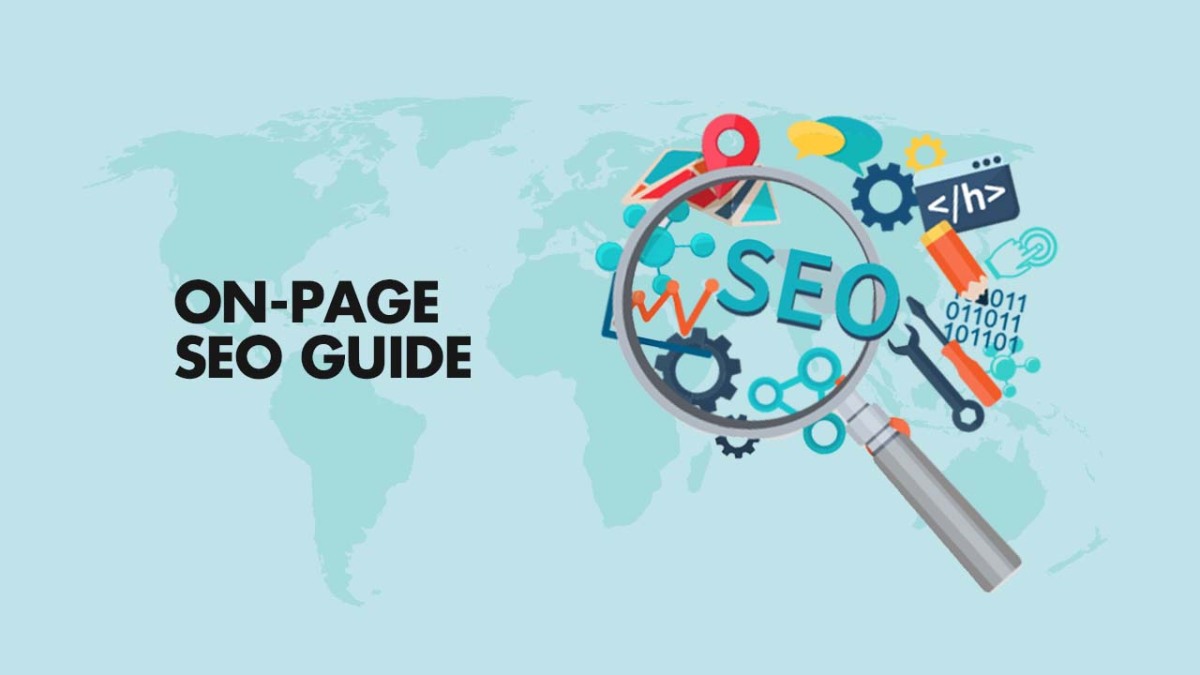In the vast landscape of the internet, having a well-designed and informative website is just the beginning. To truly stand out and drive organic traffic, mastering on-page SEO is crucial. In this guide, we’ll explore effective on-page SEO tips that can significantly improve your website’s ranking in search results.

- Keyword Research: The foundation of any successful on-page SEO strategy is thorough keyword research. Identify relevant keywords and phrases that your target audience is likely to use when searching for content similar to yours. Utilize tools like Google Keyword Planner or SEMrush to discover high-ranking keywords with reasonable competition.
- Title Tags and Meta Descriptions: Craft compelling and relevant title tags for each page on your website. Keep them concise (around 60 characters) and include your primary keyword. Additionally, write engaging meta descriptions that provide a brief summary of the page’s content. Both elements contribute to click-through rates and overall SEO performance.
- URL Structure Optimization: Create clean and descriptive URLs that reflect the content of your pages. Avoid generic URLs with random strings of characters. Include your target keyword in the URL to provide search engines and users with a clear indication of the page’s topic.
- Header Tags (H1, H2, H3, etc.): Organize your content using header tags to create a hierarchy that makes it easier for search engines to understand the structure of your page. The H1 tag should contain the main title of the page and subsequent header tags can be used to divide content into sections. Incorporate relevant keywords naturally within these tags.
- Quality Content Creation: High-quality, relevant content is the backbone of any successful website. Create content that addresses the needs and interests of your target audience. Aim for a balance between informative text, engaging multimedia, and a user-friendly layout. Regularly update and refresh your content to stay current and relevant.
- Image Optimization: Optimize images by compressing them without sacrificing quality. Use descriptive file names and include alt text that describes the image. This not only improves your website’s accessibility but also provides additional context for search engines.
- Internal Linking: Create a network of internal links within your content to guide users to related pages on your website. Internal linking not only improves user experience but also helps search engines understand the hierarchy and relationships between different pages on your site.
- Mobile Optimization: Given the increasing use of mobile devices, ensure that your website is mobile-friendly. Google prioritizes mobile-responsive websites in its rankings. Use responsive design, optimize images for mobile, and enhance the overall user experience for visitors accessing your site on smartphones and tablets.
Implementing these on-page SEO tips is a strategic approach to enhance your website’s visibility in search results. Consistency is key, so regularly audit and update your on-page elements to align with evolving search engine algorithms and user expectations. By focusing on these fundamentals, you’ll be well on your way to improving your website’s ranking and attracting a broader audience.
